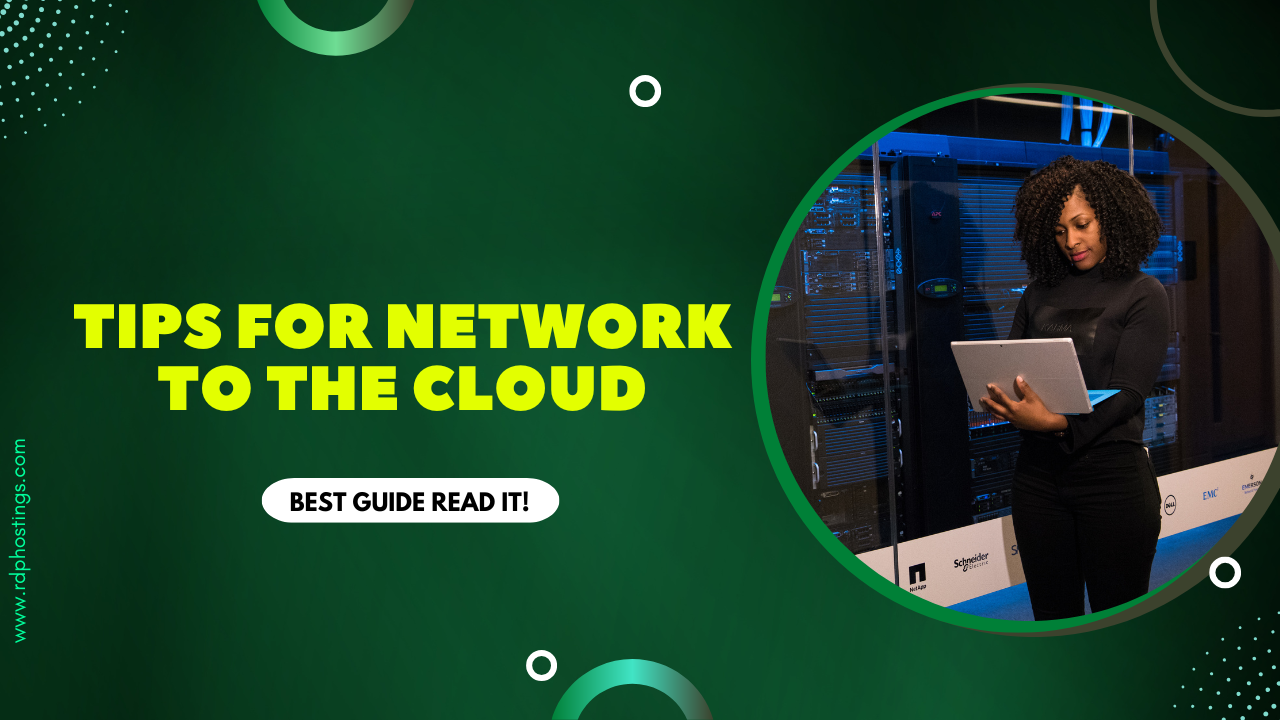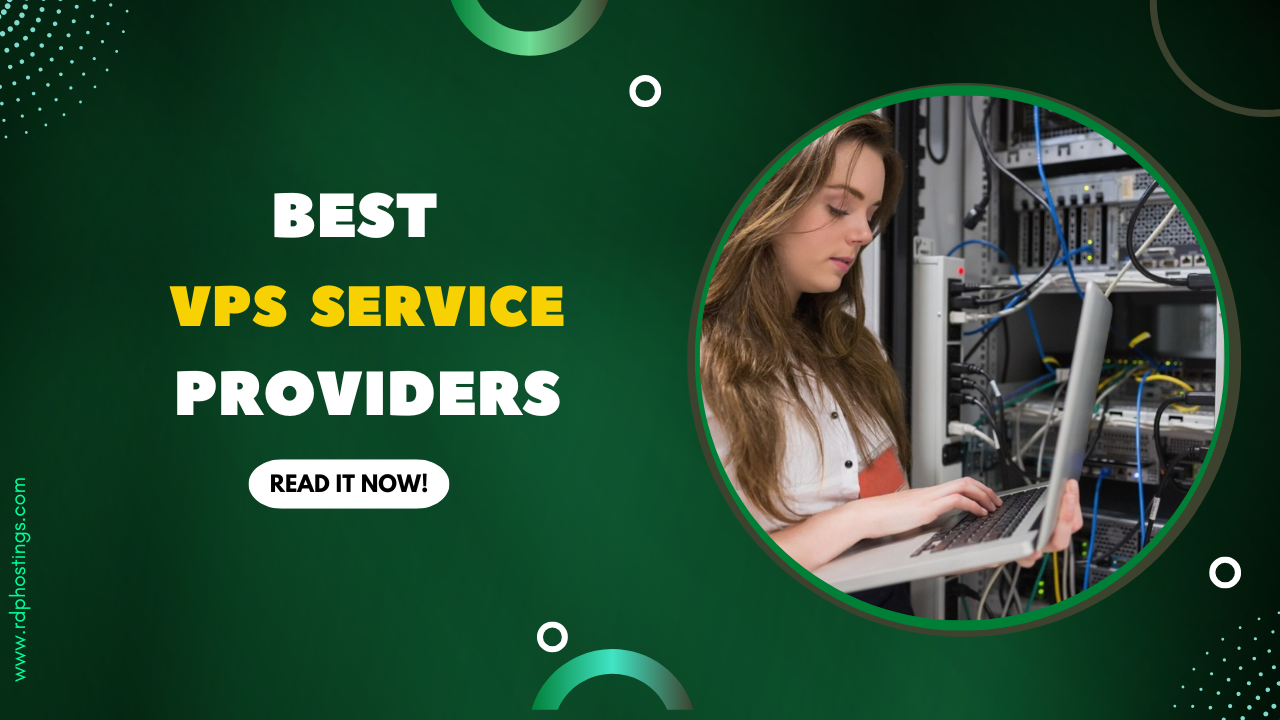Migrating your network to the cloud. It’s a daunting step to take. Yet, for any modern business, it’s necessary at this stage. Doing so enhances scalability and reduces costs, and it allows companies to stay competitive.
While the benefits of cloud networking are clear, the same cannot be said for the transition. It requires careful planning and architectural decisions. Security and compliance. Performance. Cost management. All must be addressed before completing the switch.
Here’s what to know before migrating your network to the cloud.
Cloud Doesn’t Remove Complexity from the Equation
Many companies move to the cloud expecting reduced complexity. Sadly, that’s not the reality. You’re replacing hardware with virtualized infrastructure, APIs, and third-party services. That’s not a small undertaking. You’ll have to rethink everything from how your network is segmented to how services connect.

Managing the shift to the cloud effectively requires new skills, tools, and visibility across hybrid environments.
Security Must Be Rebuilt, Not Reapplied
If you’re using traditional perimeter-based security models, keep in mind these don’t translate well to the cloud. In the cloud, users connect from anywhere – and that often means bypassing centralized controls. Due to this, a complete rebuild is in order, where you adopt a cloud-native security approach from the start.
This is where Secure Service Edge (SSE) can play an important role. SSE consolidates multiple security functions into a single cloud-delivered service. These functions include the likes of secure web gateways and zero trust network access. In doing so, it assists in enforcing consistent policy and threat protection across your users, regardless of location.
Performance Depends on Cloud-Focused Network Design
For a cloud network to perform as expected, workloads demand low-latency, high-availability connectivity. Imagine your existing WAN isn’t designed with cloud endpoints in mind. In this situation, performance bottlenecks will occur. Then when relying on backhauling traffic through a corporate data center, this increases latency and frustrates users.
You’ll need to implement direct-to-cloud access and distributed points of presence to optimize performance. You may also consider SD-Wan integration to intelligently route traffic.
Compliance Still Applies
It’s important to keep in mind that moving to the cloud doesn’t absolve you of compliance requirements. In fact, this shift often introduces new ones. It’s not just about knowing where your data resides. You also need to know how it’s encrypted, along with how access is logged and audited.
Before starting the migration, check your chosen cloud providers can meet industry-specific standards like HIPAA and GDPR. Using role-based access controls and centralized logging is also recommended to retain auditability.
New Tools Are Necessary for Visibility and Monitoring
As you would likely suspect, on-premises monitoring tools usually lack visibility into cloud services and user behavior. That means you’ll require cloud-native observability tools. These offer key insights into everything from network traffic to application performance and potential security threats.
Modern platforms should integrate with both cloud providers and security solutions. When this integration is successful, it supplies you with a full picture of how data flows and where risks could potentially emerge.







